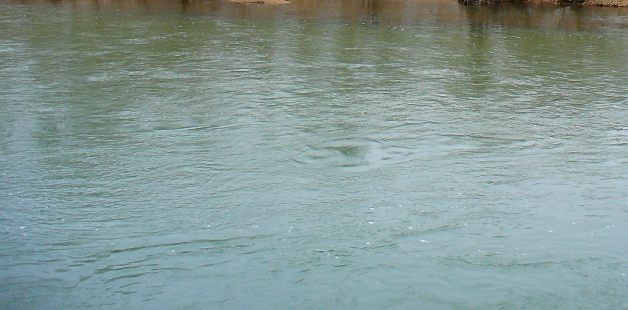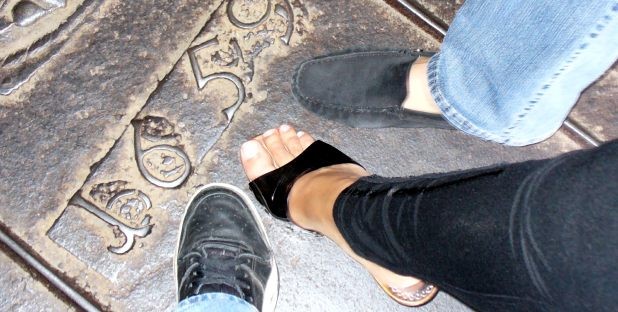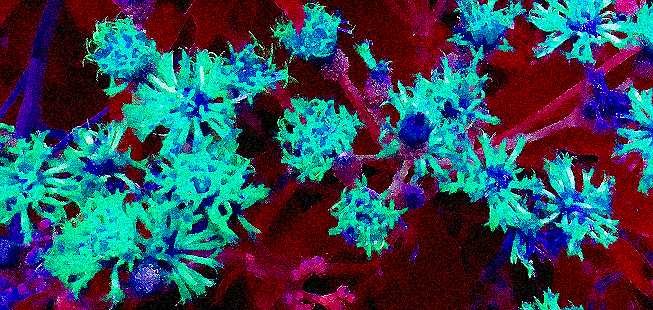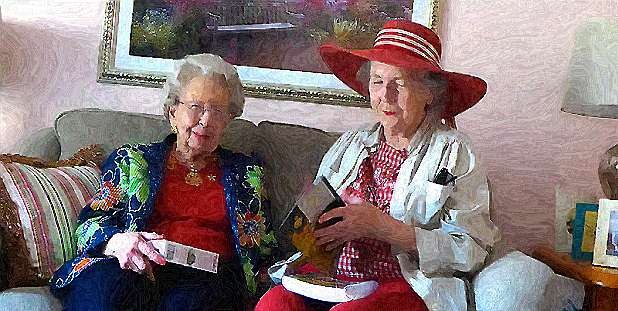In addition to our technical support and training departments, FundRaiser Software also provides an extensive library of how-to documents and training videos through the Customer Portal. The Customer Portal is available to customers with a current Annual Maintenance Plan. To log in visit http://www.fundraisersoftware.com and click on the “Customer Login” link in the upper right-hand corner. If you don’t have your login information (It will be unique to the customer portal), call or email our support team and we would be happy to reset the password for you.
Once you’re logged in, the Contact Info tab allows you to update and change your organization’s contact information. There are bulletins and news available. And the Training Videos tab takes you to the library of training videos. On the Support Tools tab, there is a link to view support document and downloads, including several “how to” documents.



















